How to configure Enhanced Write Filter (EWF) under Windows OS
What to know
Enhanced Write Filter (or EWF) is a component of Windows XP Embedded and Windows Embedded Standard 7 which stores volume changes on another medium instead of applying them to the original volume.
EWF allows the writes to be discarded or committed to the original volume later (either directly or through inaction based on the configuration).
As this minimizes writes to a specified hard disk, EWF have become popular as a way of decreasing wear of solid-state drives on Embedded systems.
How to enable EWF under Windows Embedded Standard 7
From Start menu open "Command Prompt" with administrator privileges as showed below:
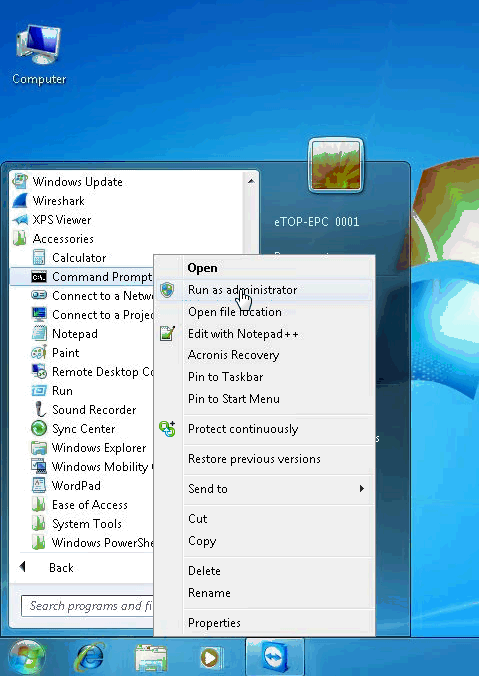
Into Command Prompt window type "EWFMGR C:" to verify EWF current status:
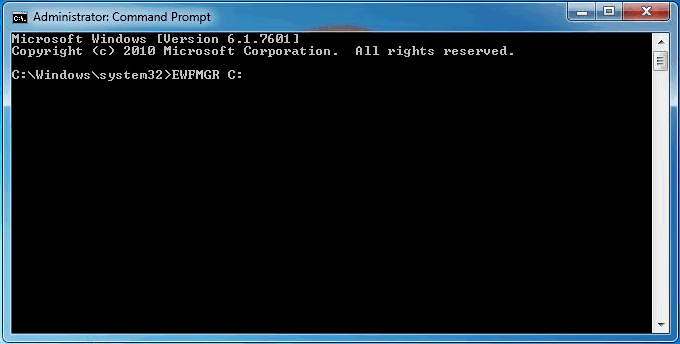
The voice "State" will report current EWF status:
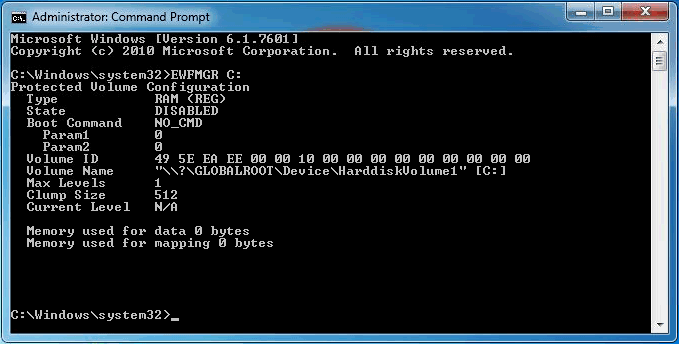
To enable EWF, you may type command: "EWFMGR C: -ENABLE" as below:
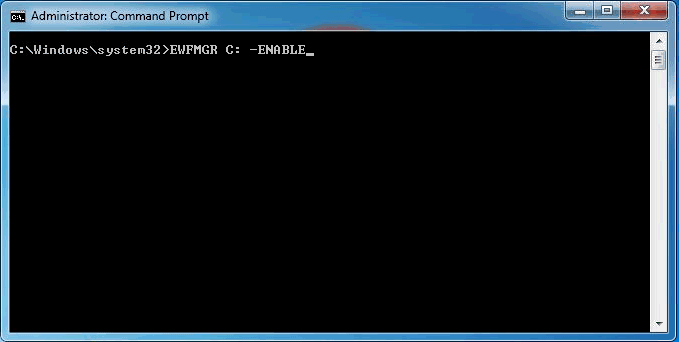
Then system will inform you that at next boot (Boot Command voice) the EWF will be enabled:
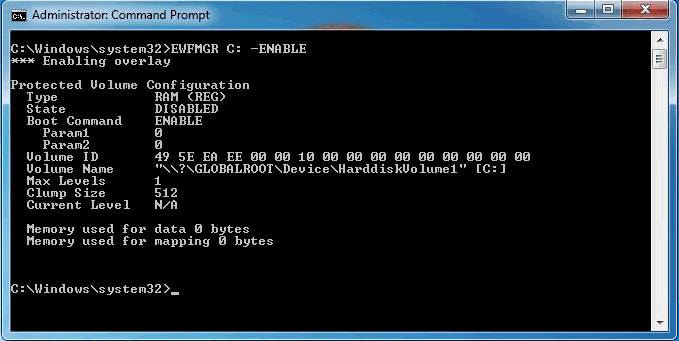
NOTE: To make EWF active you must restart your system.
How to enable EWF under Windows XP Embedded
From Start menu open "Command Prompt" as shown below:
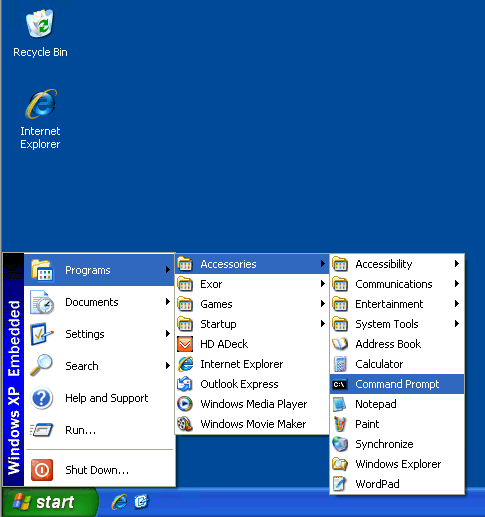
Into Command Prompt window type "EWFMGR C:" to verify EWF current status:
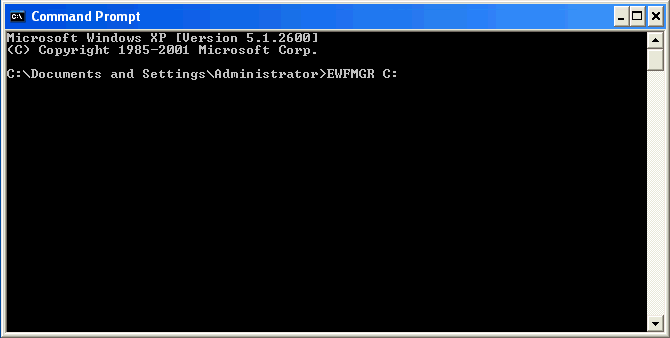
The voice "State" will report current EWF status:
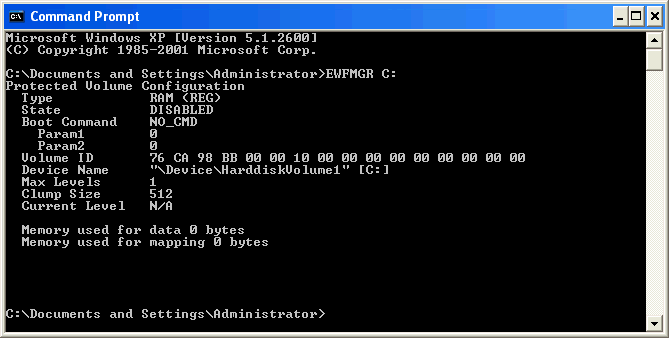
To enable EWF, you may type command: "EWFMGR c: -ENABLE" as below:
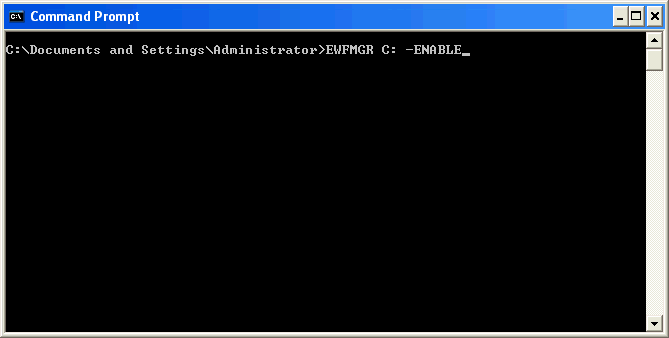
Then system will inform you that at next boot(Boot Command voice) the EWF will be enabled:
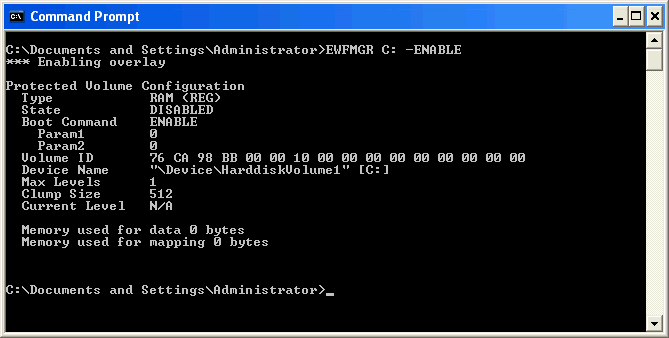
Note: To make EWF active you must restart your system.
How to perform commits and disable EWF
If needed is possible to force write on disk all current level data in the overlay to the protected volume. The overlay will be written to the protected volume on the next system boot. Committing the overlay can impact the speed of the boot process.
The command is: "EWFMGR C: -COMMIT"
The Commit command can be combined with the Disable command to commit and then disable EWF.
In this case the command will be: "EWFMGR C: -COMMITANDDISABLE".
Applies to
eTOP-EPC and eCC industrial PC


